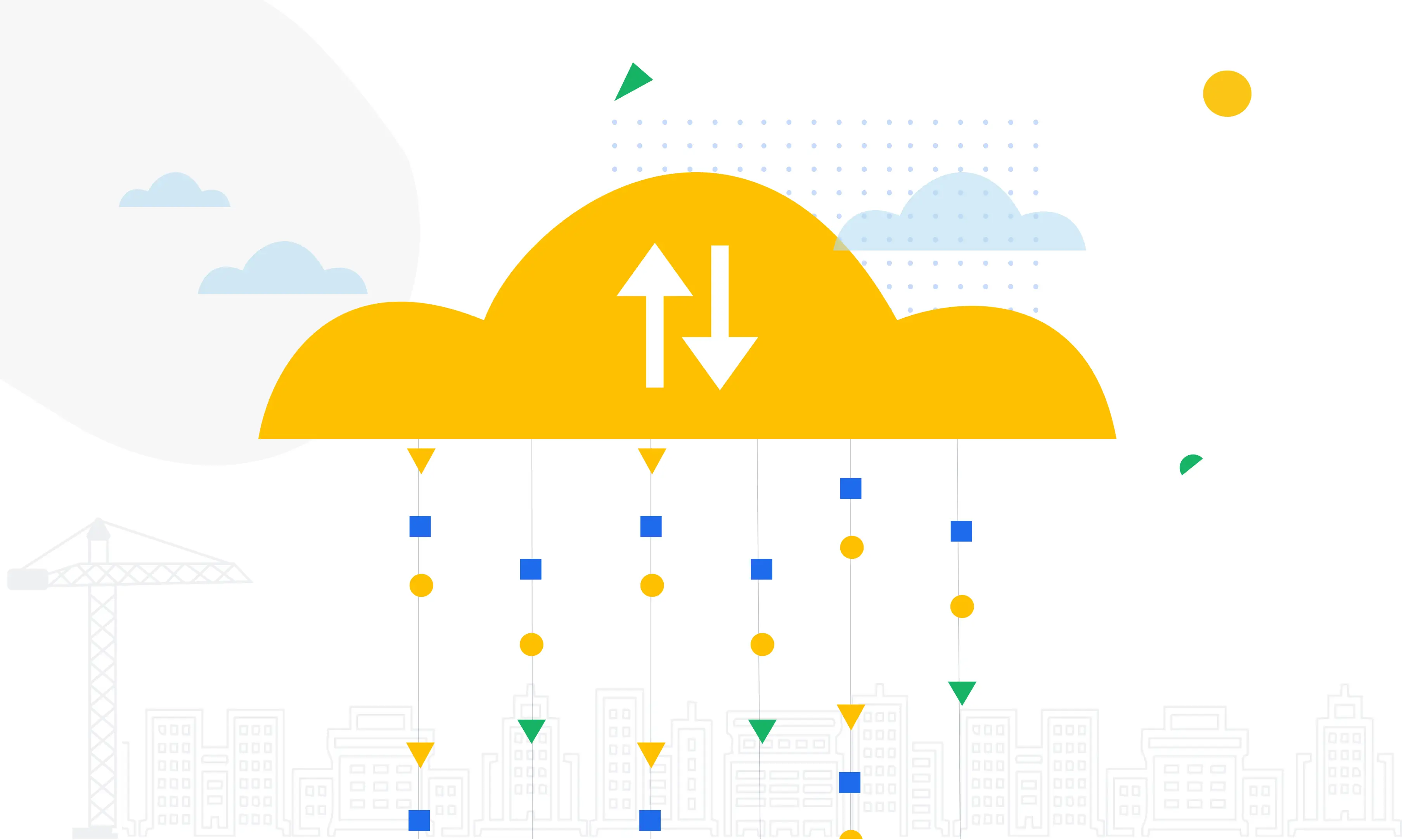Blogs Home
RPO and RTO in Cloud Disaster Recovery Explained
Published on 23 February, 2024
3 min read

In today’s digital landscape, businesses rely heavily on technology to operate efficiently and serve customers. However, the risk of unexpected disruptions comes with increased reliance on digital systems. Customers desire fast and reliable transactions. Any digital issues can negatively impact your business, resulting in decreased efficiency, financial losses, and loss of customer trust.
Thinking about future disasters can feel overwhelming. After all, disasters are often uncertain. However, cloud disaster recovery has emerged as a powerful solution, using cloud infrastructure to protect critical applications and data.
Let's discuss two essential terms you need to know regarding cloud disaster recovery: RPO and RTO. What do they mean, and why are they important?
What are RPO and RTO in Cloud Disaster Recovery?
Recovery Point Objective (RPO)
RPO defines the maximum acceptable age of data that we can restore after an outage. In simpler terms, it answers the question: “How much data loss can your application tolerate?”
RPO helps organizations decide how often to back up data and what backup solution they require. The lower the RPO, the more frequent and granular the backups must be.
Example: Imagine an e-commerce website. If you set the RPO to 1 hour, the system can recover data up to 1 hour before the disruption occurs. Recovery would lose any data changes made within that hour.
Recovery Time Objective (RTO)
RTO measures how quickly an application must be available again after an outage. It answers the question: “How fast should your application recover?”
With RTO, organizations can choose their recovery solution and allocate resources accordingly. The lower the RTO, the faster and more robust the recovery process needs to be.
Example: Consider an online banking platform. If you set the RTO to 15 minutes, the system must run within that timeframe after an incident.
Key Differences between RPO and RTO
- Priority: RPO focuses on data loss, while RTO focuses on recovery time.
- Cost:A demanding RTO costs more than a granular RPO because it covers the entire business infrastructure, not just data.
- Automation: Automation: Scheduled backups automate RPOs easily, whereas all IT operations participate in the recovery process for RTOs.
- Calculation Variables:RPOs are more straightforward, while RTOs rely on various factors, including restoration times and event occurrence day.
Best Practices for RPO and RTO
Assess Application Criticality
Align RPO and RTO with business impact by understanding which applications are mission-critical and prioritizing them.
Regular Testing
Validate RPO and RTO targets by testing your DR plan periodically and refining the process by identifying bottlenecks.
Automate Recovery
Automate failover processes to avoid manual recovery delays and leverage cloud-native services for seamless recovery.
Document Everything
Document RPO, RTO, and recovery procedures and ensure all stakeholders know the plan.
Conclusion
When using the cloud, we want to ensure your business can recover from any problem. RPO and RTO are two things that help us do that. They let us decide how much data and time we can afford to lose in a crisis. With RPO and RTO, you can plan a cloud disaster recovery strategy that keeps your systems up and running no matter what.Join our newsletter
Sign up for the latest news about Wanclouds.